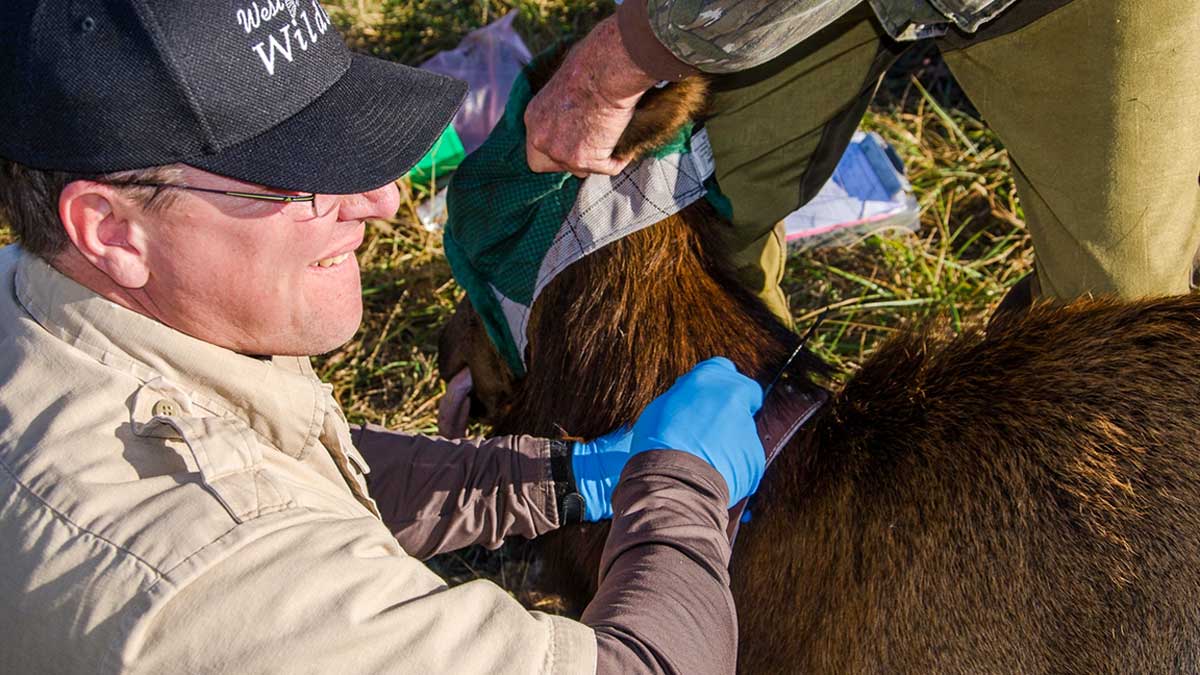West Virginia’s elk herd continues to grow and biologists are doing the best they can to monitor the population’s health, size, movements and habitat use.
“We started there in January and we’ve had a pretty good year. We’re darting anything that doesn’t have a collar that we can put one on,” Randy Kelley, elk project leader for the West Virginia Division of Natural Resources (DNR), told MetroNews. “We also try to put collars on any calves we can which were born in the summer of 2022. We’re not done yet, but we’ve put our hands on 28 different elk. It’s been going smooth so far.”
The DNR is also working with West Virginia University to figure out if elk they capture and monitor are those initially introduced to the state or if they wandered across the border from elk herds in adjacent states.
“They’re doing great. Everything we’re handling has very good body condition. Vegetation is there. Kentucky, Virginia and Tennessee to an extent have proven reclaimed surface mines do offer quality habitat. Of course, we do a lot of work on our area to keep that sustained,” Kelley told MetroNews.
In 2022, the Rocky Mountain Elk Foundation announced it granted funding for research to help with the genetic analysis of the state’s elk population to aid future management, part of $1.45 million in funding for 15 projects across five states in the Southern Appalachians.
Carrying out wildlife management and conservation work in West Virginia is nothing new for RMEF, which helped the DNR restore elk to their native West Virginia range in 2016. Dating back to 1997, RMEF and its partners completed 53 conservation and hunting heritage outreach projects in West Virginia with a combined value of more than $9.8 million. These projects conserved and enhanced 33,432 acres of habitat and opened or improved public access to 32,371 acres.
(Photo source: Rocky Mountain Elk Foundation)
